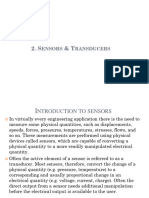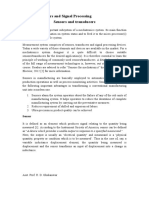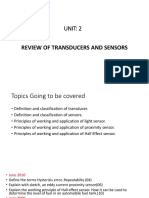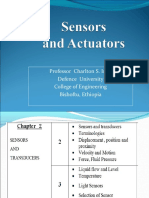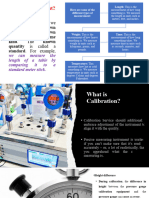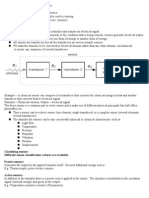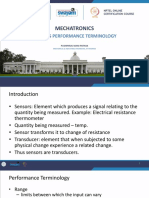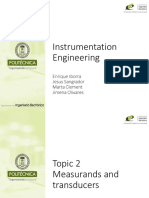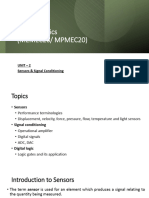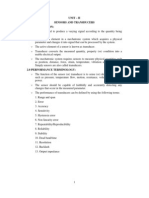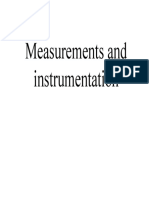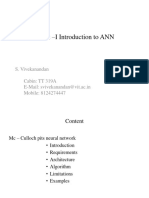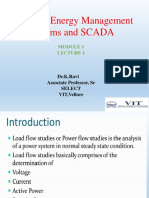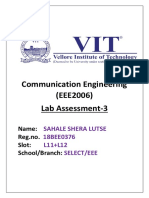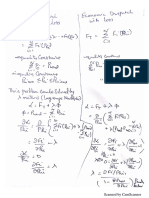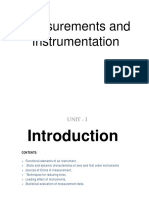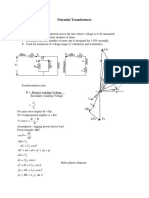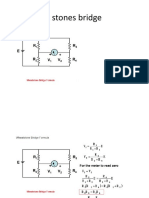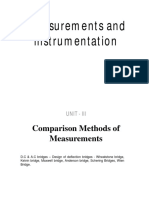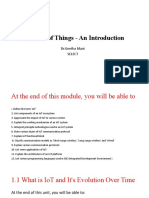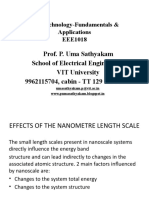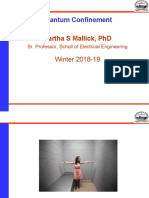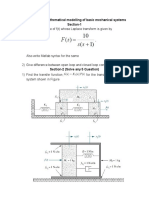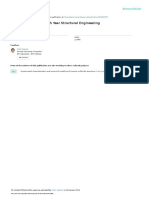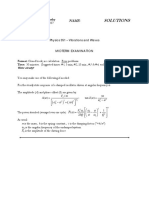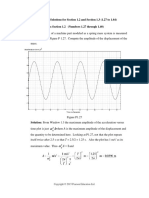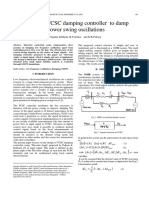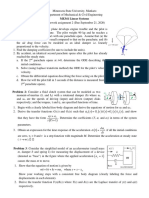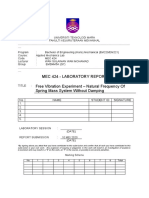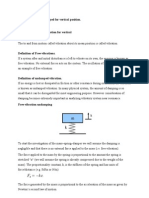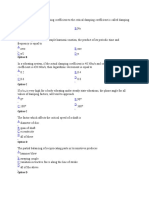0% found this document useful (0 votes)
105 views39 pagesMeasurement Systems Guide
The document discusses key concepts and terminology related to measurement systems. It defines sensors and transducers, and describes how all sensors are transducers but not all transducers are sensors. It also covers transducer classification, input-output configurations, and static and dynamic characteristics of measurement systems such as sensitivity, resolution, accuracy, and response speed. The document provides information needed to understand measurement systems and their components.
Uploaded by
sahale sheraCopyright
© © All Rights Reserved
We take content rights seriously. If you suspect this is your content, claim it here.
Available Formats
Download as PDF, TXT or read online on Scribd
0% found this document useful (0 votes)
105 views39 pagesMeasurement Systems Guide
The document discusses key concepts and terminology related to measurement systems. It defines sensors and transducers, and describes how all sensors are transducers but not all transducers are sensors. It also covers transducer classification, input-output configurations, and static and dynamic characteristics of measurement systems such as sensitivity, resolution, accuracy, and response speed. The document provides information needed to understand measurement systems and their components.
Uploaded by
sahale sheraCopyright
© © All Rights Reserved
We take content rights seriously. If you suspect this is your content, claim it here.
Available Formats
Download as PDF, TXT or read online on Scribd
/ 39

